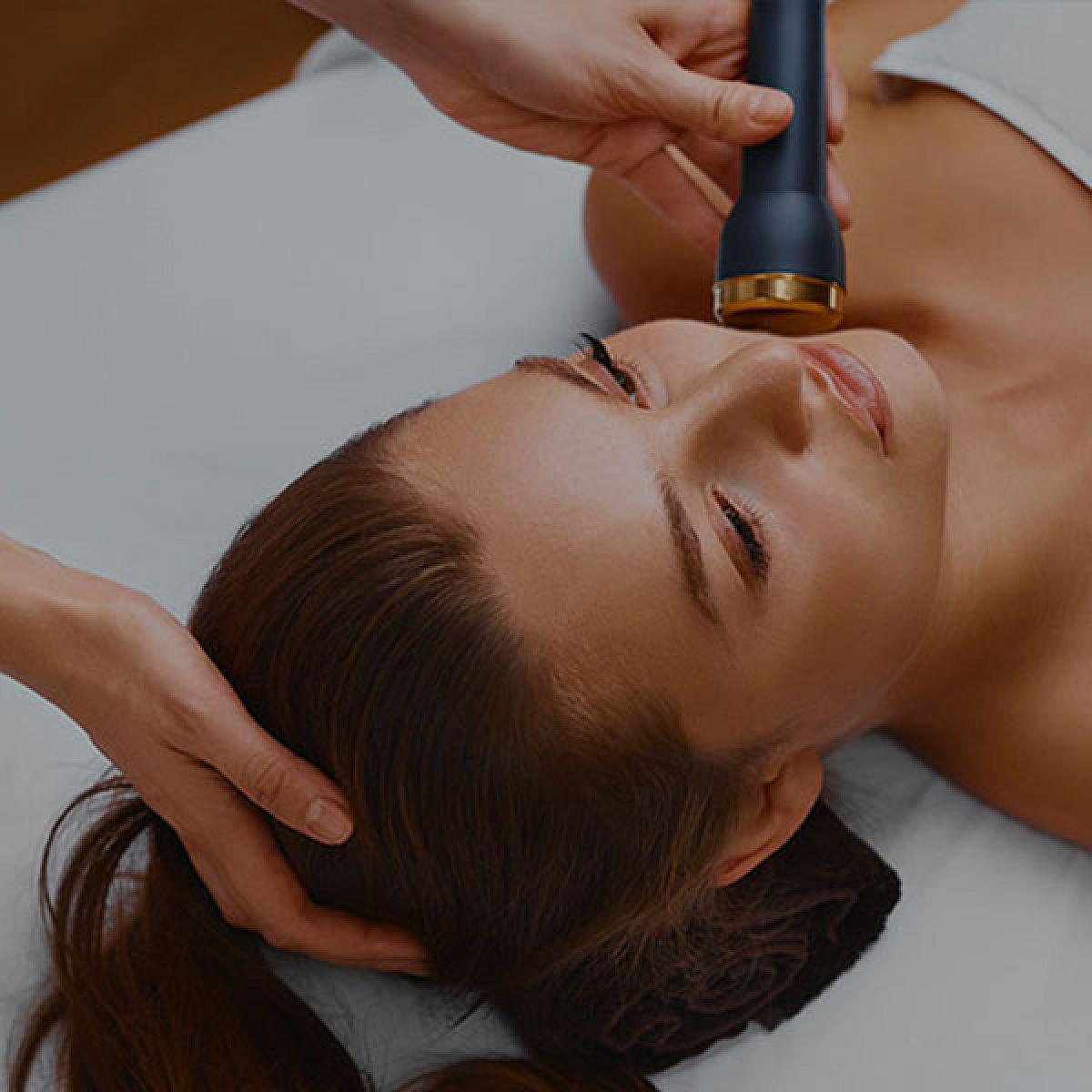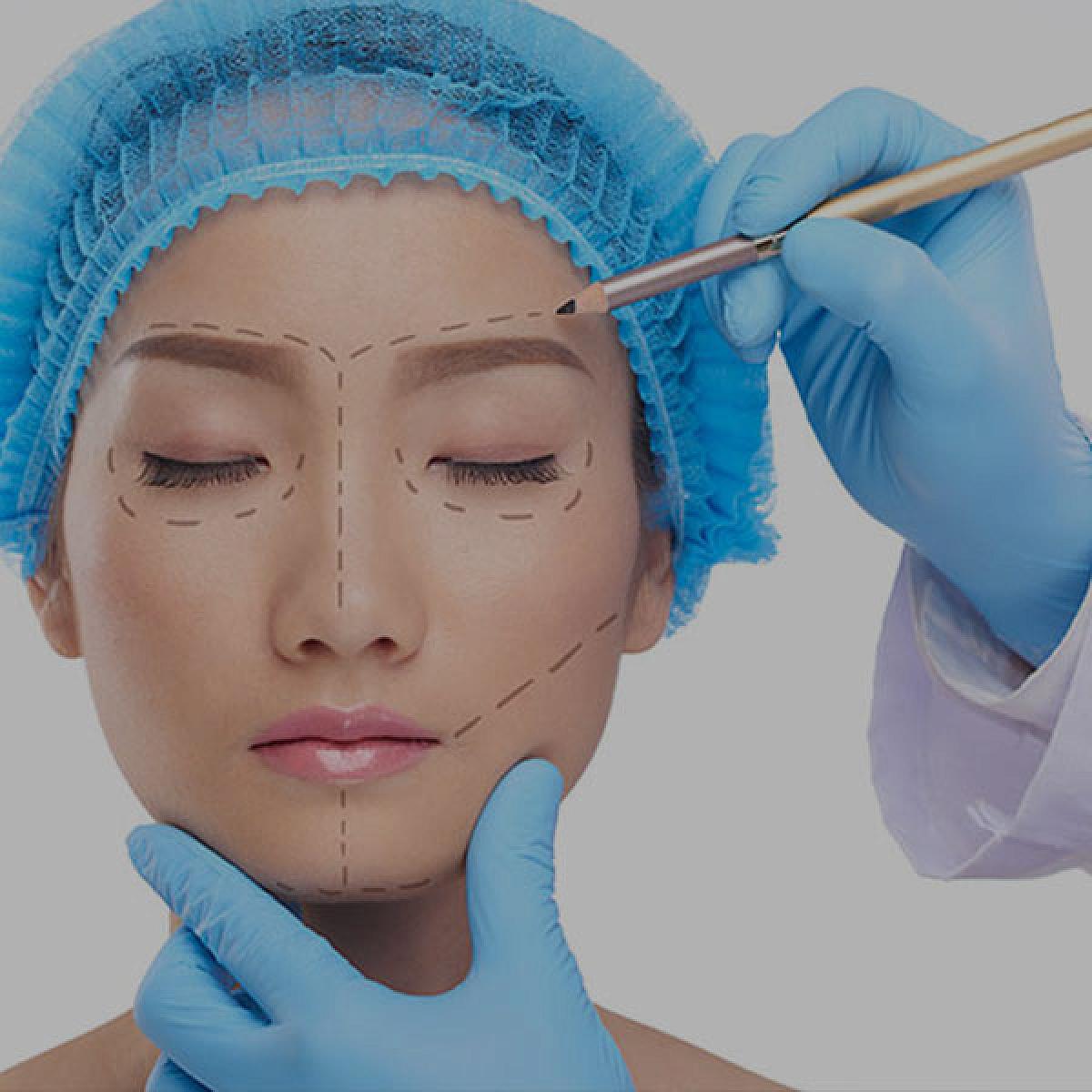What Is Liposuction?
Procedure Cost:
Liposuction (one area)
$3,680 - $8,280
Plastic surgeons at University of Utah Health offer a range of plastic surgery options to help you look and feel your best. Our highly trained and skilled surgeons can perform liposuction surgery to get rid of body fat in “problem areas” where it can be difficult to lose with just diet and exercise.
The most common areas that people get liposuction are:
- abdomen (stomach),
- hips,
- thighs (“saddlebags”),
- flanks (“muffin top”),
- buttocks,
- arms, or
- neck
You can combine liposuction surgery with other cosmetic procedures, including:
Liposuction vs. Weight Loss
Liposuction is not the same as a weight loss program. Someone who is overweight or obese should consult a primary care doctor to discuss ways to lose weight with diet, exercise, or bariatric surgery (gastric bypass) before considering liposuction.
How Does Liposuction Work?
During a liposuction procedure, your plastic surgeon will insert a small tube into the area where you have excess fat and use a back-and-forth motion to loosen the fat. Your plastic surgeon will use a small vacuum or syringe to suction out the fat that breaks free.
Liposuction will remove small to medium amounts of fat. It’s important to go into the procedure with realistic expectations about what liposuction can do. The procedure cannot remove large amounts of body fat for someone who is overweight or obese. It also does not remove cellulite.
Your plastic surgeon will discuss which areas of the body tend to have better results and recommend certain areas to avoid. We typically recommend this procedure as the last step after other weight loss methods have been used.
Is Liposuction Safe?
Liposuction is a very safe procedure. However, for the best results, it’s important to work with an experienced and well-trained plastic surgeon. As with any surgical procedure it does come with risks, but you can minimize your risk by getting liposuction from the right plastic surgeon.
Liposuction Vs. Tummy Tuck
Sometimes people use the terms “liposuction” and “tummy tuck” interchangeably, but these two procedures refer to different surgeries.
- Liposuction surgery removes fat, but it does not address any other changes to your body.
- Tummy tucks remove extra fat in your abdomen (belly), then fix the sagging skin left behind with a procedure called abdominoplasty.
Who Should Get Liposuction?
Liposuction is not right for everyone. It is not a weight loss program. It is a surgery that can help with stubborn areas of fat that remain after following a healthy diet and exercising.
A good candidate for liposuction:
- is an adult (18 years or older),
- is within 30 percent of an ideal body weight,
- does not smoke,
- has a good amount of muscle tone, and
- has firm, elastic skin (without stretch marks).
Some reasons you may not be a good candidate for liposuction surgery include:
- medical conditions that make it harder to heal after surgery,
- factors that increase your risk of surgery complications,
- a history of complications after other surgical procedures, or
- poor skin elasticity (thin skin with permanent stretch marks).
Liposuction Costs
Liposuction is considered an elective cosmetic surgery. That means it’s a procedure to improve the way you look, but it’s not medically necessary. Because of that, most liposuction procedures are not covered by insurance. The cost of the procedure can vary depending on:
- how much fat you want removed,
- total area(s) where you want liposuction,
- body size, and
- the surgeon’s estimate of how difficult the surgery will be.
Besides the cost of the procedure itself, other costs that are part of the price for liposuction surgery include:
- anesthesiology,
- hospital or facility fees,
- operating room costs,
- over-the-counter or prescription medications after surgery, and
- post-operative expenses, such as compression garments.
A financial advisor in the Division of Plastic Surgery can help you understand the total cost for your procedure and discuss payment options.
Since you are paying out-of-pocket for these costs, you might be tempted to try and find the least expensive option. However, there are risks that come with choosing cheap liposuction if it is with a plastic surgeon that is not as qualified. That can lead to:
- incomplete liposuction (you cannot tell that anything was done),
- too much fat removed, causing your body to look disfigured,
- uneven results, or
- excess scars in the area of your surgery.
Find a Plastic Surgeon Near You
What to Expect at Your Consultation
Before you get liposuction, you will meet with one of our plastic surgeons for a consultation. During your visit, the plastic surgeon will:
- discuss your medical history,
- perform a physical exam,
- talk about your goals with plastic surgery,
- provide information about the liposuction procedure, and
- answer any questions you have.
It’s important to discuss your specific goals with the surgeon during this consultation. Our specialists will explain the procedure’s benefits and risks. If liposuction is not the best choice for you, we will recommend other treatment options.
What to Expect during Liposuction Surgery
Before Surgery
You will meet with your plastic surgeon before your surgery. They will use a marker to draw on your skin and mark the areas where liposuction will take place.
Next, you will meet with an anesthesiologist to discuss the anesthesia, get an IV (intravenous) tube started, and get your questions answered.
During Surgery
Once you are asleep and in the operating room, the plastic surgeon will inject tumescent fluid (a combination of epinephrine and lidocaine) into the area where they want to remove fat cells. Epinephrine shrinks your capillaries (small blood vessels) to make the area firm and swollen so it’s easier for the surgeon to work with. It also makes it easier to suction out the fat without a lot of bleeding. Lidocaine numbs the area.
U of U Health plastic surgeons use the latest assistive devices to make it easier to perform the procedure. However, keep in mind that assistive devices don’t make the outcome of a procedure better or worse (this is largely determined by the skill of your surgeon).
Length of Surgery
Most liposuction surgeries take between one to three hours. If the surgeon thinks your procedure will take longer than six hours, they may recommend splitting it into two or more shorter surgeries.
Surgery time depends on:
- how much fat you want removed,
- how many different areas are getting liposuction, and
- other factors related to your specific treatment.
Liposuction is an outpatient surgery. You may spend up to an hour in the recovery area after surgery to allow you time to wake up from the anesthesia. You will go home the same day. You will need someone to drive you home from the surgery because you cannot drive after receiving anesthesia.
Liposuction Risks
All surgical procedures have risks, including liposuction. Some of the most common concerns after liposuction include:
- Asymmetry — You may have fat deposits remaining in some areas and not in others, so your body may not look even on both sides.
- Dimpled or bumpy skin — You may notice uneven skin that looks bumpy after liposuction from uneven fat removal, fluid buildup, or other causes.
- Fluid under the skin — Some people develop cysts or seromas. These are areas filled with fluid under the skin that might look uneven or lumpy.
- Bleeding — The risk of bleeding after liposuction is minimal. Contact your doctor or go to an emergency room if you have a lot of bleeding, or bleeding that will not stop after liposuction surgery.
- Infection — All surgeries come with risk of infection. Signs of infection include: fever, chills, and redness or swelling in the area of the incision. Go to an emergency room or call your doctor right away if you have signs of infection.
- Punctured organ — In extremely rare cases, you may have damage to an internal organ if the tube used to break up fat goes into the wrong area.
- Fat embolism — This is also extremely rare, but small fat deposits could break off from the area where liposuctin surgery was done and travel to other areas of your body. These deposits could be dangerous or life-threatening if they get into your bloodstream or block a vein and go to the heart, lungs, or brain.
Liposuction Recovery Time
Your surgeon will put compression garment on the area where surgery was done before you go home. This is an article of clothing that covers the surgery area. You will wear the compression garment at all times except when you are bathing or washing your compression garments. You must continue to wear the compression garment(s) until your surgeons says to stop.
Pain after Surgery
During the first 24 hours after liposuction, you will most likely experience only a little bit of pain because the lidocaine (numbing agent) from the fluid is still working. On the second day, you will have more pain and discomfort and may need to take pain medication. During the procedure, your surgeon will hit several nerves near fat cells as they remove the fat. The nerves that travel through the fatty tissue become traumatized and irritated. As a result, you will feel more sensitive to pain, pressure, heat, and cold. Some people describe it as the feeling of having a sunburn on the inside of your skin.
You may also notice swelling and bruising in the area of your surgery. This is a normal part of the healing process.
Returning to Activities
- Physical activity — Do not do any high-impact physical activity, such as running, jumping, lifting weights, or aerobic activity for two to four weeks after surgery.
- Returning to work — Most people will return to work and other normal daily activities within two to four weeks, but it may take longer based on your job, overall health, and the speed of your recovery.
- Driving a car — You can’t drive for at least 48 hours after surgery. Do not drive a vehicle or operate heavy machinery if you are taking narcotic pain medications after liposuction surgery.
After two weeks, you will come back for a follow-up visit. Your surgeon will discuss any additional activity restrictions.
How Painful is Liposuction Surgery?
Liposuction surgery can be painful, but how much pain you experience after the surgery depends on your pain tolerance. Over-the-counter medications help some people with minor pain while other people may need stronger prescription pain medicine for more intense pain.
The pain will go away slowly over several days as your body heals. Talk to your doctor if you are feeling a lot of pain after surgery or your pain does not get better.
What Do Liposuction Scars Look Like?
Our surgeons try to minimize the amount of scarring from liposuction by hiding the scars in areas where they will not be seen, such as:
- skin creases,
- belly button, or
- previous scars.
Schedule a Consultation
Call 801-581-7719 to schedule a liposuction consultation with one of our plastic surgeons. Liposuction procedures are cosmetic and are not usually covered by insurance.












